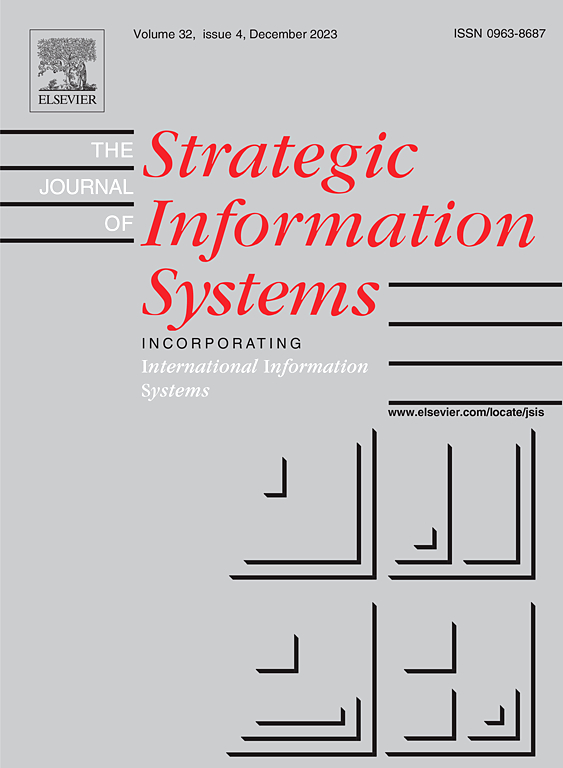等维分解的协同方法
IF 1.1
4区 数学
Q4 COMPUTER SCIENCE, THEORY & METHODS
引用次数: 0
摘要
基于Vasconcelos的一个定理,给出了一种利用Gröbner基的协同计算对代数集进行等维分解的算法。该算法避免了以往算法中存在的消元、同调代数和逐个处理输入方程等问题。我们通过实验证明了我们的算法与最先进的算法相比的实际意义。本文章由计算机程序翻译,如有差异,请以英文原文为准。
A syzygial method for equidimensional decomposition
Based on a theorem by Vasconcelos, we give an algorithm for equidimensional decomposition of algebraic sets using syzygy computations via Gröbner bases. This algorithm avoids the use of elimination, homological algebra and processing the input equations one-by-one present in previous algorithms. We experimentally demonstrate the practical interest of our algorithm compared to the state of the art.
求助全文
通过发布文献求助,成功后即可免费获取论文全文。
去求助
来源期刊

Journal of Symbolic Computation
工程技术-计算机:理论方法
CiteScore
2.10
自引率
14.30%
发文量
75
审稿时长
142 days
期刊介绍:
An international journal, the Journal of Symbolic Computation, founded by Bruno Buchberger in 1985, is directed to mathematicians and computer scientists who have a particular interest in symbolic computation. The journal provides a forum for research in the algorithmic treatment of all types of symbolic objects: objects in formal languages (terms, formulas, programs); algebraic objects (elements in basic number domains, polynomials, residue classes, etc.); and geometrical objects.
It is the explicit goal of the journal to promote the integration of symbolic computation by establishing one common avenue of communication for researchers working in the different subareas. It is also important that the algorithmic achievements of these areas should be made available to the human problem-solver in integrated software systems for symbolic computation. To help this integration, the journal publishes invited tutorial surveys as well as Applications Letters and System Descriptions.
 求助内容:
求助内容: 应助结果提醒方式:
应助结果提醒方式:


